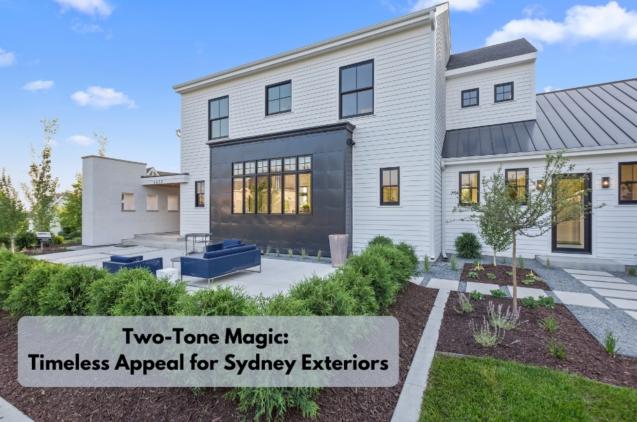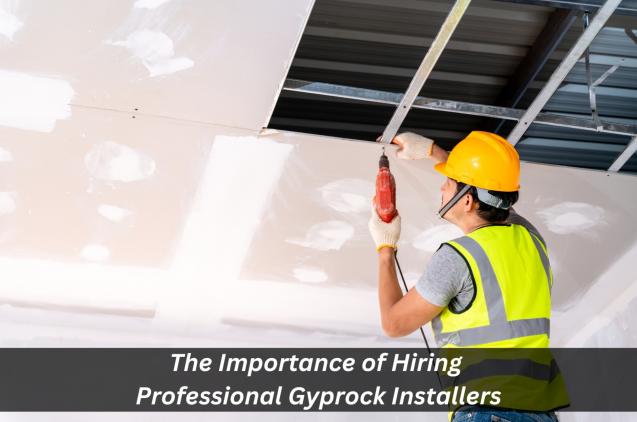
What Type Of Plaster Should You Use On Walls?
By Mi Painting & Maintenance|October 07, 2022
Wall plastering comes in various types. Which plaster should you choose for the walls and ceilings? Choosing the right type of plaster for internal walls isn’t always obvious. The wrong choice can result in unsightly lumps or cracks in the paintwork.
There is no standard wall construction plaster. Some plasters contain chemicals such as calcium carbonate or aluminium sulphate. Others don’t contain chemicals.
All plasters consist mainly of water and cement powder. To get rid of lime build-up from the plaster, wash off the lime using soap and clean water every couple of months.
You can use an ordinary white latex wallpaper paste, but some plasters also include glue. These plasters stick better to wood, brick, concrete, and other non-paint surfaces. Once the plaster dries, it becomes solid and won’t peel off easily.
In most cases, a thin layer of plaster on bare drywall will prevent condensation from forming on the wall surface. If your house has old drywall that doesn’t have a thick scratch coat of plaster on it, you may want to apply a clear polyurethane finish over the top before applying another layer of plaster. This will help reduce any potential moisture problems.
When selecting a plaster that meets your needs, consider whether you need something strong and durable for exterior applications; or soft and absorbent for interior use. The first step is to determine what kind of application you want your plaster for.
This may depend on the location you plan to apply the plaster and its purpose. If you want to create ornate moulding along a ceiling edge, for example, check out our decorative plaster.
Types of plaster finishing coat
Before choosing your specific plaster, consider which finish you want. Most plasterers offer two kinds of finishes: “soft” and “hard.” Hard plasters are tougher than their soft counterparts and therefore less likely to crack. However, they tend to be more expensive.
Soft plasters are easier to work with because they take longer to dry (and thus harder to remove). They are generally thinner than hard plasters, so you might not see any relief at all if you try to plaster them over a smooth surface. You may find them more forgiving when applied around trim, where a little imperfection is expected.
Hard Plasters
The best hard plasters are made of gypsum based— a naturally occurring mineral compound. Gypsum plasters are stronger than those containing calcium sulphate and do not shrink or expand like those containing Portland cement.
Because gypsum plasters are brittle, they must mix the plaster just after being poured. They set quickly once they are wetted. A good rule of thumb is to pour enough liquid plaster to cover two feet of the area you intend to plaster by one inch. Allow the plaster to set overnight before working with it.
Gypsum plasters come in three varieties: natural, synthetic and modified. Natural gypsum plasters contain only small amounts of additives. Synthetic gypsums contain up to 80 per cent additives. Modified gypsums contain up to 50 per cent additives.
If you live in a humid climate, you may want to add extra limestone to your gypsum mix to help keep it from absorbing too much moisture. Limestone helps to form a protective coating on the surface of the finished plaster. When applied properly, this coating prevents mould growth and keeps the plaster from cracking.
If you live in a very hot, arid environment, you may want to use a higher percentage of a quick-setting time additive such as potassium aluminium sulphate. These make a harder plaster that doesn’t allow moisture to penetrate.
For additional strength in cold climates, you may wish to add more silica sand to your mix. Silica sand and water contain high levels of alumina, which makes the mix lighter. More weight means less stress on materials like wood frame houses, which have to hold a lot of weight.
Modified Gypsum Plasters
These plasters are usually used indoors because they are designed to withstand humidity well. While some types of plaster are designed specifically to dry slowly, others are intended to dry faster and can be removed easily. In addition, these plasters often require larger quantities of water during mixing, making them costlier.
Cement Plastering
It is important to follow the manufacturer's instructions carefully when using mixing cement plaster. For example, if you're using oil-based cement sand, apply the final coat of plaster while the plaster is still warm. If you apply the cement plaster while it is cooling, it will cure too fast and become difficult to work with.
You should also remember to let the final coat of plaster dry for at least eight hours (or until the surface feels cool) before applying any other finish coats.
Stucco Plastering
Stucco plastering is a popular type of exterior wall application. It is an interior/exterior jointed system consisting of plasterboard or fibreglass facing covered with stucco over a masonry base. Stucco is easy to install, relatively inexpensive, durable and attractive.
Lime Plastering
Lime plaster is a common finish used on walls. The lime content provides an alkaline pH level, which allows the paint finish to adhere better and resist damage caused by atmospheric conditions. Lime does not provide protection against moulds naturally found outdoors.
There is no standard wall construction plaster. Some plasters contain chemicals such as calcium carbonate or aluminium sulphate. Others don’t contain chemicals.
All plasters consist mainly of water and cement powder. To get rid of lime build-up from the plaster, wash off the lime using soap and clean water every couple of months.
You can use an ordinary white latex wallpaper paste, but some plasters also include glue. These plasters stick better to wood, brick, concrete, and other non-paint surfaces. Once the plaster dries, it becomes solid and won’t peel off easily.
In most cases, a thin layer of plaster on bare drywall will prevent condensation from forming on the wall surface. If your house has old drywall that doesn’t have a thick scratch coat of plaster on it, you may want to apply a clear polyurethane finish over the top before applying another layer of plaster. This will help reduce any potential moisture problems.
When selecting a plaster that meets your needs, consider whether you need something strong and durable for exterior applications; or soft and absorbent for interior use. The first step is to determine what kind of application you want your plaster for.
This may depend on the location you plan to apply the plaster and its purpose. If you want to create ornate moulding along a ceiling edge, for example, check out our decorative plaster.
Types of plaster finishing coat
Before choosing your specific plaster, consider which finish you want. Most plasterers offer two kinds of finishes: “soft” and “hard.” Hard plasters are tougher than their soft counterparts and therefore less likely to crack. However, they tend to be more expensive.
Soft plasters are easier to work with because they take longer to dry (and thus harder to remove). They are generally thinner than hard plasters, so you might not see any relief at all if you try to plaster them over a smooth surface. You may find them more forgiving when applied around trim, where a little imperfection is expected.
Hard Plasters
The best hard plasters are made of gypsum based— a naturally occurring mineral compound. Gypsum plasters are stronger than those containing calcium sulphate and do not shrink or expand like those containing Portland cement.
Because gypsum plasters are brittle, they must mix the plaster just after being poured. They set quickly once they are wetted. A good rule of thumb is to pour enough liquid plaster to cover two feet of the area you intend to plaster by one inch. Allow the plaster to set overnight before working with it.
Gypsum plasters come in three varieties: natural, synthetic and modified. Natural gypsum plasters contain only small amounts of additives. Synthetic gypsums contain up to 80 per cent additives. Modified gypsums contain up to 50 per cent additives.
If you live in a humid climate, you may want to add extra limestone to your gypsum mix to help keep it from absorbing too much moisture. Limestone helps to form a protective coating on the surface of the finished plaster. When applied properly, this coating prevents mould growth and keeps the plaster from cracking.
If you live in a very hot, arid environment, you may want to use a higher percentage of a quick-setting time additive such as potassium aluminium sulphate. These make a harder plaster that doesn’t allow moisture to penetrate.
For additional strength in cold climates, you may wish to add more silica sand to your mix. Silica sand and water contain high levels of alumina, which makes the mix lighter. More weight means less stress on materials like wood frame houses, which have to hold a lot of weight.
Modified Gypsum Plasters
These plasters are usually used indoors because they are designed to withstand humidity well. While some types of plaster are designed specifically to dry slowly, others are intended to dry faster and can be removed easily. In addition, these plasters often require larger quantities of water during mixing, making them costlier.
Cement Plastering
It is important to follow the manufacturer's instructions carefully when using mixing cement plaster. For example, if you're using oil-based cement sand, apply the final coat of plaster while the plaster is still warm. If you apply the cement plaster while it is cooling, it will cure too fast and become difficult to work with.
You should also remember to let the final coat of plaster dry for at least eight hours (or until the surface feels cool) before applying any other finish coats.
Stucco Plastering
Stucco plastering is a popular type of exterior wall application. It is an interior/exterior jointed system consisting of plasterboard or fibreglass facing covered with stucco over a masonry base. Stucco is easy to install, relatively inexpensive, durable and attractive.
Lime Plastering
Lime plaster is a common finish used on walls. The lime content provides an alkaline pH level, which allows the paint finish to adhere better and resist damage caused by atmospheric conditions. Lime does not provide protection against moulds naturally found outdoors.



